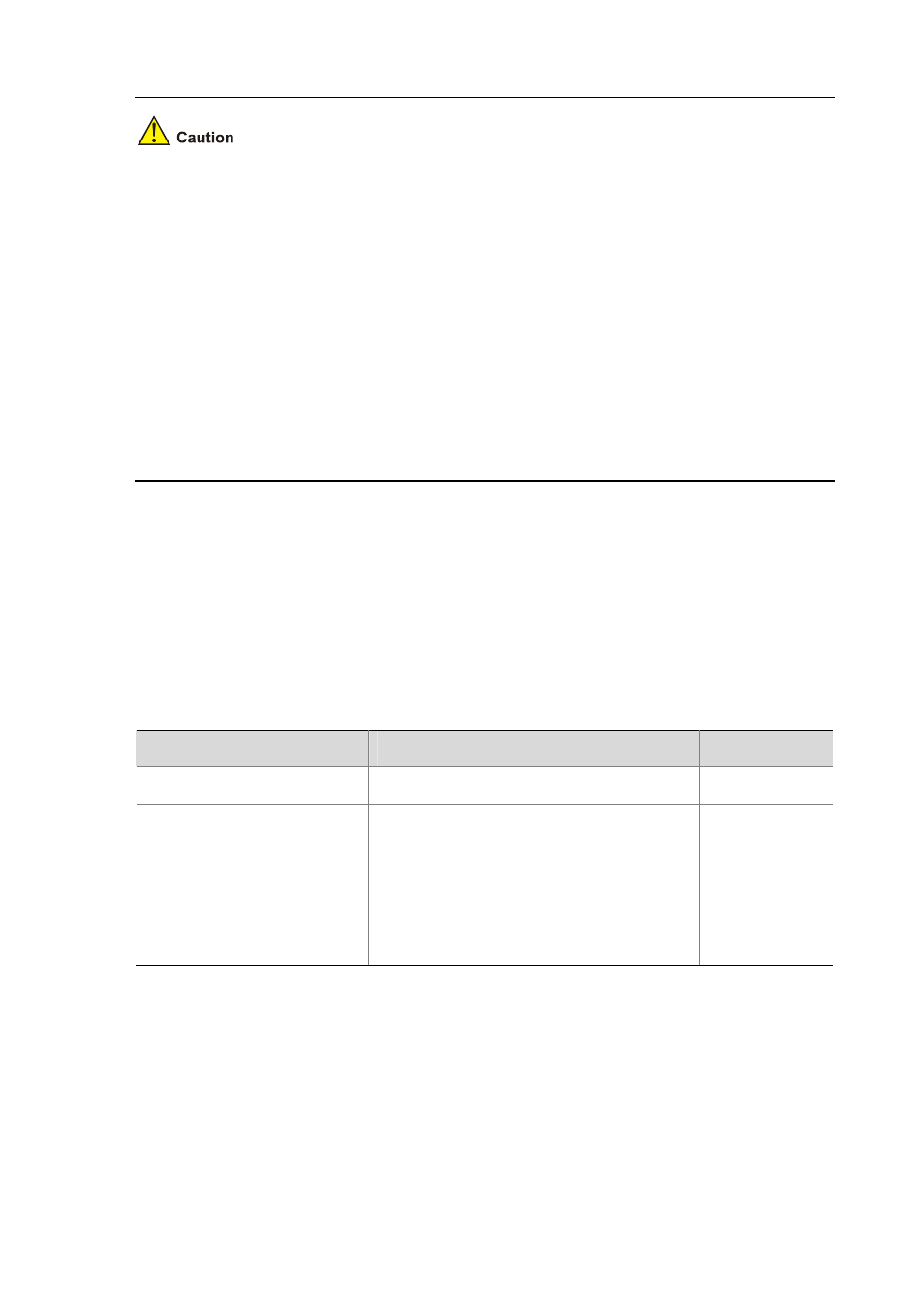Configuring a portal-free rule – H3C Technologies H3C S7500E Series Switches User Manual
Page 146

8-9
z
The destination port number that the device uses for sending packets to the portal server
unsolicitedly must be the same as that the remote portal server actually uses.
z
The portal server and its parameters can be deleted or modified only when the portal server
is not referenced by any interface.
z
The portal server to be referenced must exist.
z
Only Layer 3 portal authentication mode (portal server server-name method layer3) can
be used in applications with Layer 3 forwarding devices present between the authentication
clients and the access device. However, Layer 3 authentication does not require any Layer
3 forwarding devices between the access device and the authentication clients.
z
In re-DHCP authentication mode, a user is allowed to send packets using a public IP
address before portal authentication, but the corresponding response packets are
restricted.
Configuring a Portal-Free Rule
A portal-free rule allows specified users to access specified external websites without portal
authentication.
The matching items in a portal free rule include the IP address, MAC address, source interface,
and VLAN. Packets matching a portal-free rule will not trigger portal authentication, so that
users sending the packets can directly access the specified external websites.
Follow these steps to configure a portal-free rule:
To do…
Use the command…
Remarks
Enter system view
system-view
—
Configure a portal-free rule
portal free-rule rule-number { destination
{ any | ip { ip-address mask { mask-length |
netmask } | any } } | source { any | [ interface
interface-type interface-number | ip
{ ip-address mask { mask-length | mask } |
any } | mac mac-address | vlan vlan-id ] * } } *
Required
